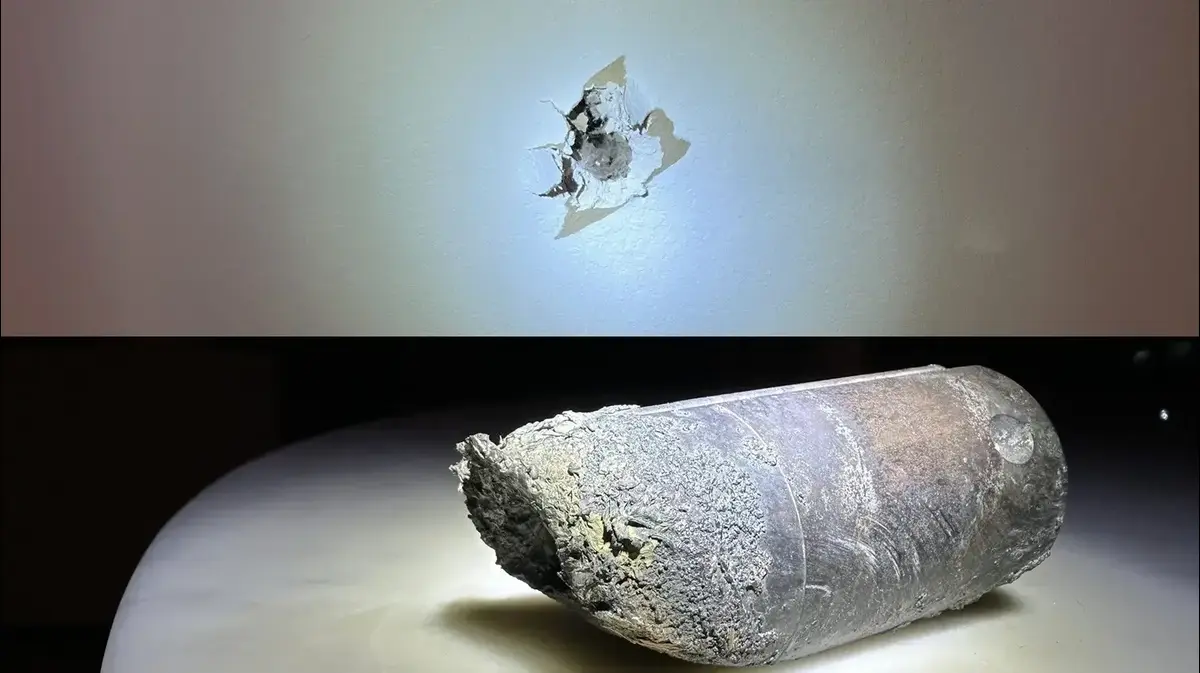Read the video transcript here arrow up arrow down
The sky over Queensland in Australia on a late February night.
What burns up here isn't a meteor - it's space junk.
Seldom is a problem so clearly visible on earth that is otherwise not in the field of vision: Man-made junk collects in orbit.
Christoph Seidler, DER SPIEGEL:
“You can speak of a dump in orbit or in orbit. And the dangerous thing about it is that these garbage particles can just keep getting bigger. "
Around 6,000 rockets have flown into space since space travel began.
They put over 10,000 satellites into orbit.
The most problematic are those parts that have been circling the earth uncontrolled for decades.
There are always collisions.
Researchers fear a snowball effect.
Christoph Seidler, DER SPIEGEL:
“Because the number of parts increases, there are more collisions again, then there are more scrap pieces and so on and so on. And in extreme cases that could even lead to the fact that at some point mankind would no longer be able to fly into space because a screen would capture scrap particles racing around the earth, which would end any attempt to leave the earth with rockets by it pops every time, so to speak. That would be the most extreme scenario, of course nobody wants that. "
Disposal is now being planned for space missions.
With their last remaining energy, missiles are steered towards the earth's atmosphere, where they then burn up in a timely manner.
But that's not enough to prevent an exponential increase in the mass of scrap.
Christoph Seidler, DER SPIEGEL:
“The idea is actually to go up there with your own satellites and catch junk. And there have already been a few small demonstrations for technologies, with nets, with harpoons. But let's say that's all on a very experimental scale so far. With what ESA is up to now, it is at least going a small step further, daring to approach a somewhat larger object. "
The European Space Agency ESA has launched the "ClearSpace-1" mission.
In 2025 a new type of "tow truck" is scheduled to go into orbit.
With a gripper arm, he can collect scrap parts and bring them into low earth orbit, according to the ESA.
The garbage disposal would then burn up there along with the space junk.
Christoph Seidler, DER SPIEGEL:
“These things, if you do them seriously, cost a lot of money. And if you now as a space organization say: ›I have a lot of money. Do I start a new mission with it or do I clear away some of the rubbish that I have created with other missions? ‹Then of course the temptation is great. You'd rather have something new than take care of the old stuff. "
Time to clean up is running out: private space travel is booming, more and more rockets are being launched into space every year.
Nevertheless, there is good news: we don't have to be afraid that the waste from space will literally fall on our heads.
Christoph Seidler, DER SPIEGEL:
“On Earth, we are in no way endangered by space debris. It would have to go really, really stupid to get something. In principle, it is actually not really known that there has been damage there. So even if satellites should come down here, the chances are they'll splash into the ocean somewhere and no one will notice. "



/cloudfront-eu-central-1.images.arcpublishing.com/prisa/RIQQXVYJMFETZBCNMM4JS7QSE4.jpg)





